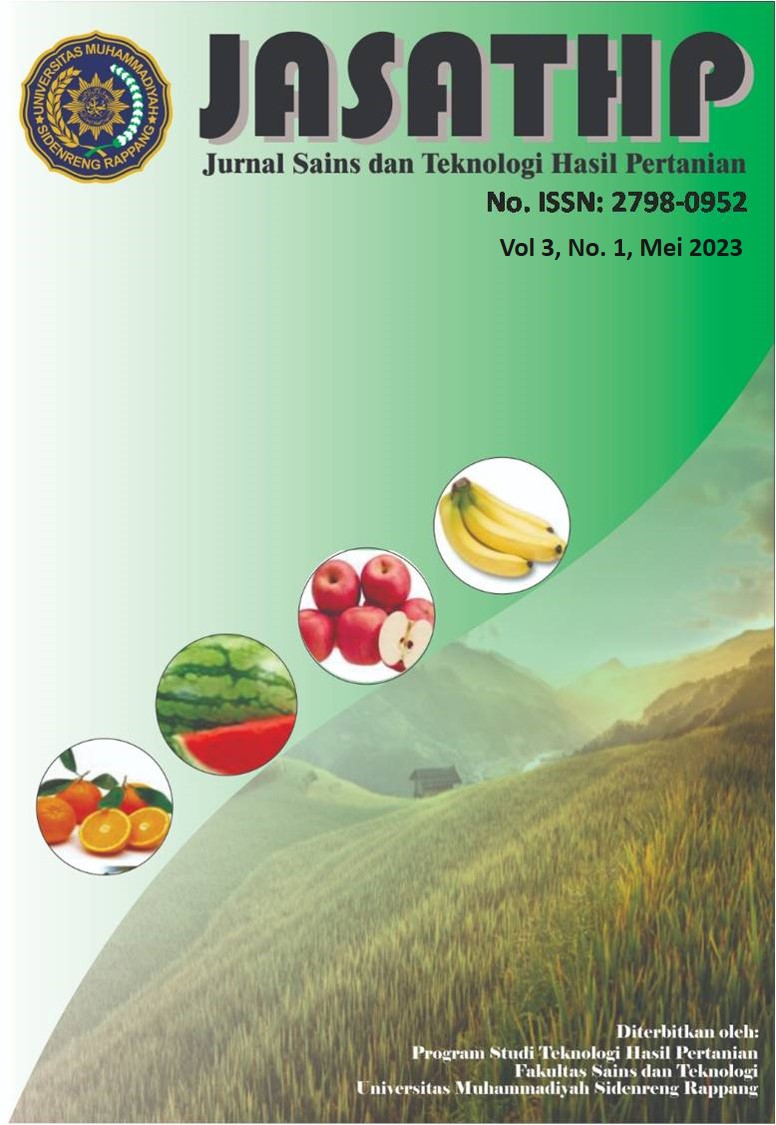Faktor Pemasakan dan Rasio Beras dengan Air Nasi Nutrizink pada Sifat Sensori, Tekstur, dan Derajat Putih (Whiteness Index)
Main Article Content
Abstract
Keyword : Nutrizinc rice, the factors of cooking, the factors of rice ratio and water
ABSTRAK
Tujuan yang ingin dicapai pada penelitian ini adalah mengetahui interaksi faktor pemasakan di dandang dan rice coocker serta faktor rasio beras dan air terhadap sifat fisik dan sensori nasi nutrizink. Rancangan dalam penelitian ini menggunakan Rancangan Acak Lengkap Faktorial (RAL Faktorial) yang terdiri dari 2 faktor yaitu dandang dan rice coocker sehingga menjadi 6 perlakuan (P1 = Dandang 200 gram beras air 200 ml , P2 = Dandang200 gram beras air 400 ml, P3 = Dandang 200 gram beras air 600 ml, P4 = Rice Cooker 200 gram beras air 200 ml, P5= Rice Cooker 200 gram beras air 400 ml, P6= Rice Cooker 200 gram beras air 600 ml). Parameter yang diamati dalam penelitian ini adalah tekstur, warna dan uji organoleptik. Hasil penelitian menunjukkan bahwa tidak terdapat interaksi antara faktor pemasakan di dandang maupun di rice coocker serta faktor rasio beras dan air pada penilaian sensori tingkat kesukaan aroma, warna, rasa dan tekstur nasi nutrizink oleh panelis. Faktor rasio beras dan air 1 : 1, 1 : 2 dan 1 : 3 memberikan pengaruh yang nyata terhadap takstur dan derjat keputihan nasi nutrizink tetapi tidak terdapat interaksi antara faktor pemasakan di dandang maupun di rice cooker serta faktor rasio beras dan air pada nilai tekstur dan derajat keputihan nasi nutrizink.
Kata Kunci : Beras nutrizink, faktor pemasakan, faktor rasio beras dan air

